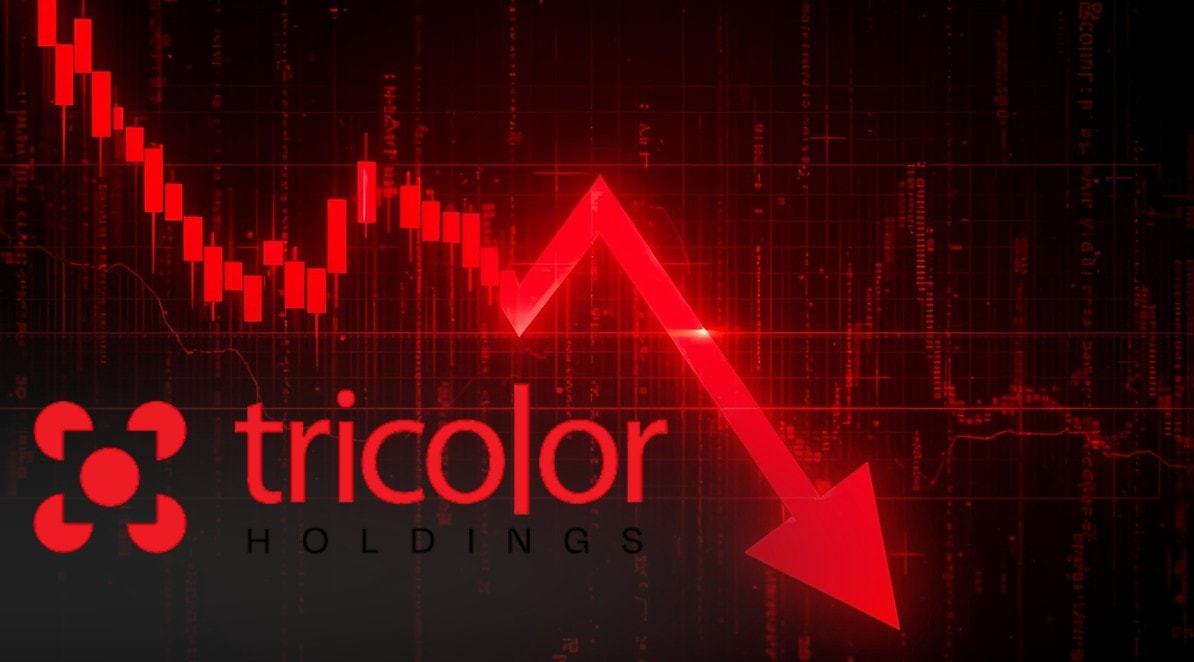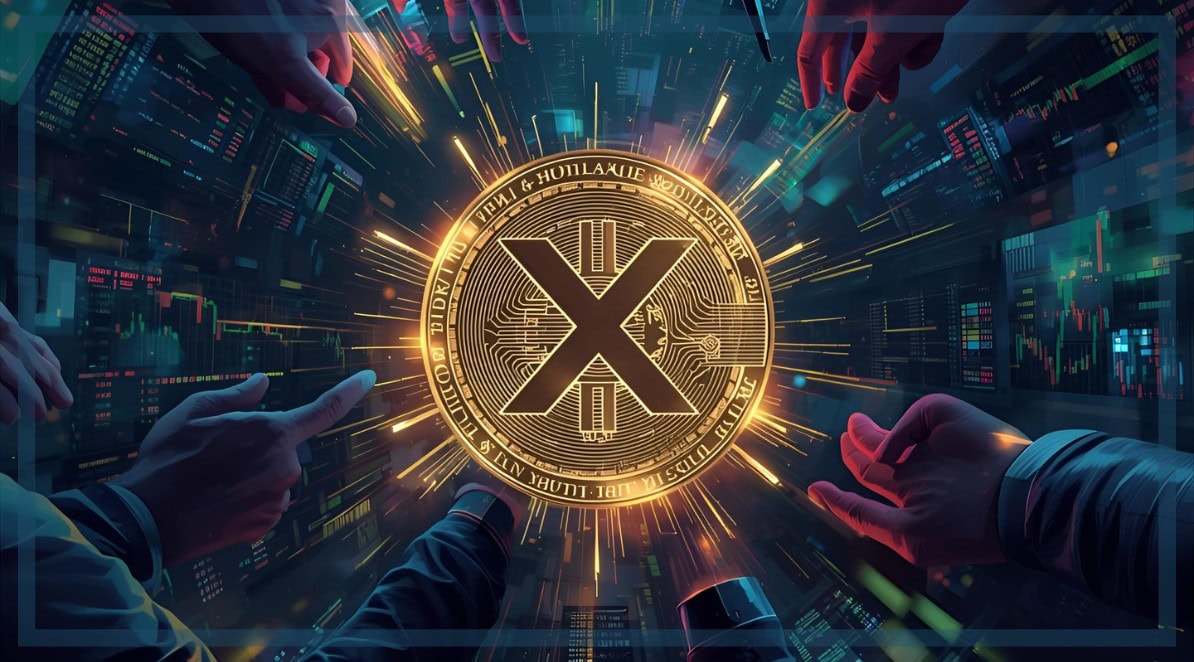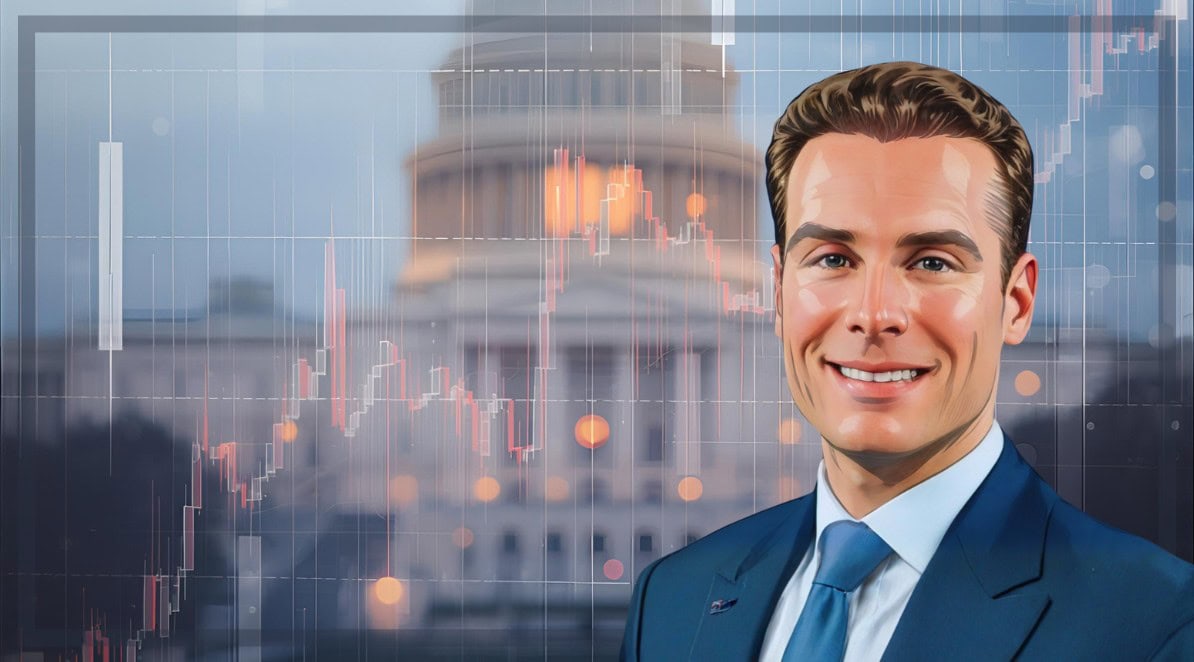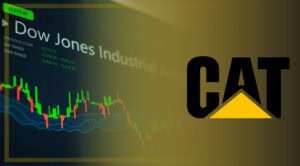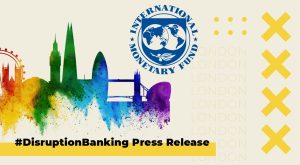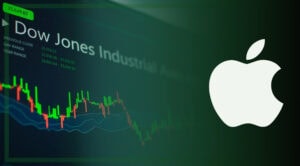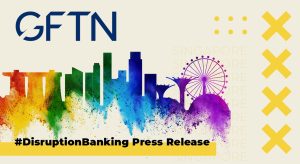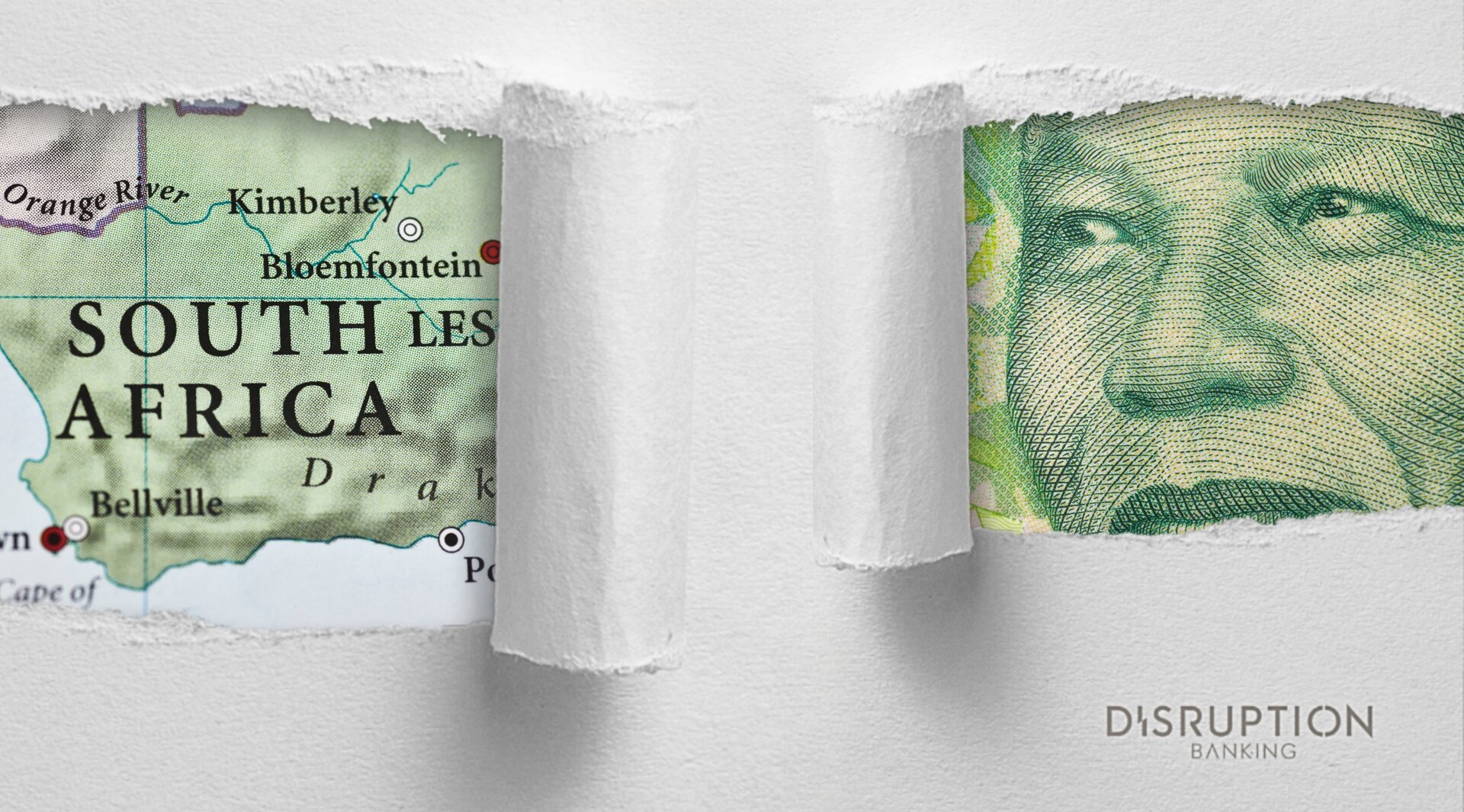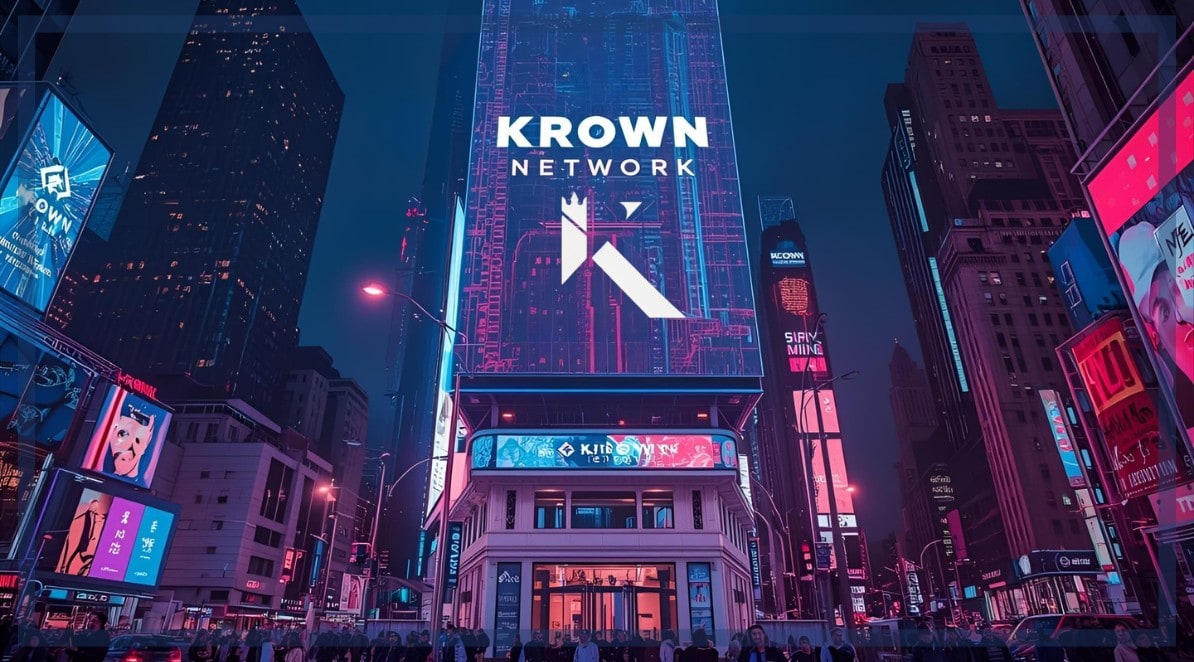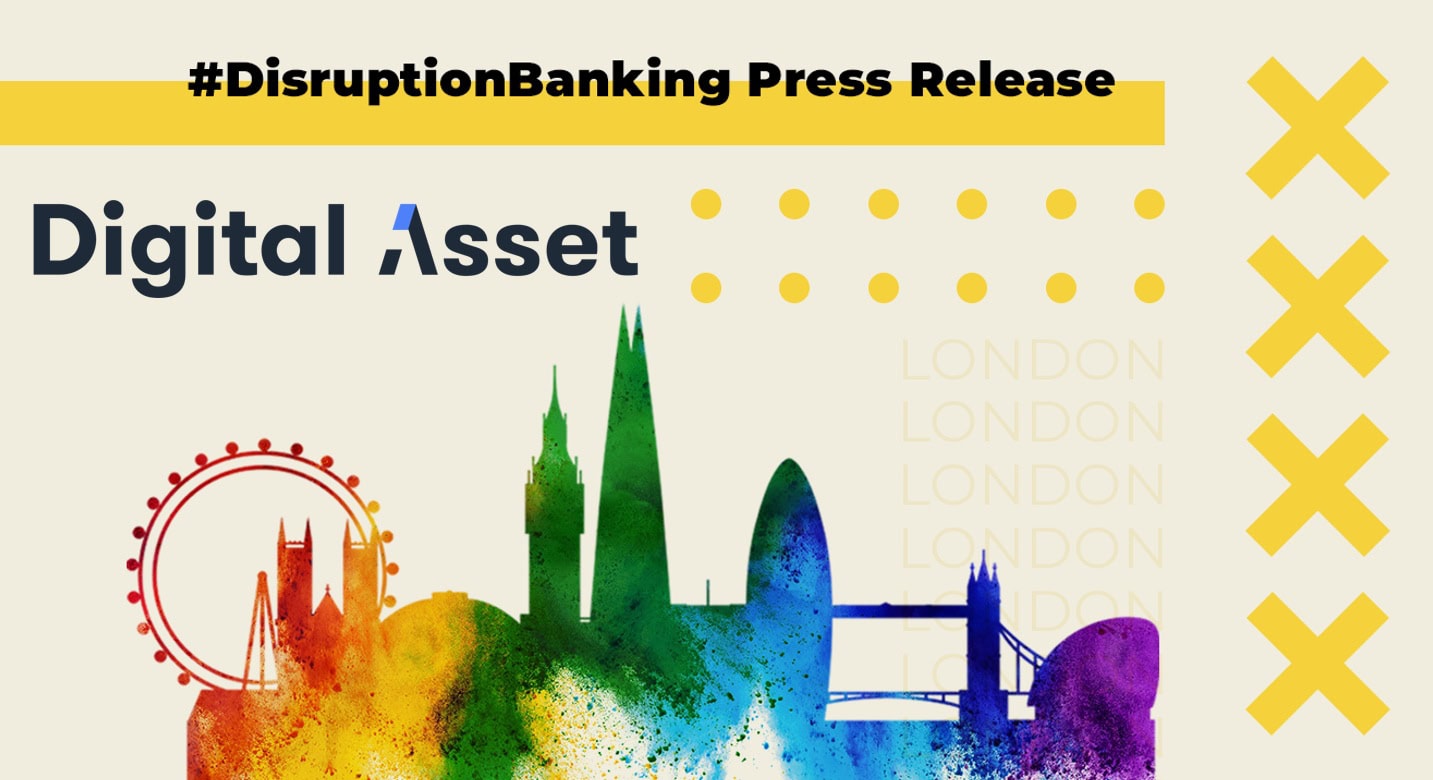The recent collapse of U.S. car-finance firm Tricolor Holdings and auto-parts supplier First Brands has triggered serious alarm bells in global financial markets. Bank of England Governor Andrew Bailey told the House of Lords Financial Services Regulation Committee that these failures “may be a warning of worse to come” and are reminiscent of the early ripples before the 2008 global crisis.
While a full stock-market crash isn’t inevitable, the underlying vulnerabilities these defaults expose warrant close attention.
The Warning Lights Are Flashing
What’s particularly unsettling is how similar the recent failures look to the early stages of the financial crisis. Bailey highlighted the replay of practices such as “slicing and dicing” loans and repackaging subprime credit, today embodied in pockets of the private-credit and non-bank finance world. Tricolor in particular issued triple-A rated bonds only months before collapse, raising questions about credit-rating integrity and underwriting discipline that regulators say echo past fatal errors.
The International Monetary Fund (IMF) has warned that banks globally hold about $4.5 trillion of exposure to non-bank financial institutions, a number large enough to spark serious contagion if stress spreads. IMF chief Kristalina Georgieva told the World Bank/IMF meeting that a “very significant shift” of financing into lightly regulated private credit funds is worrying, warning that a downturn could leave the system “in a difficult place”. She urged tighter oversight of these shadow lenders.
Meanwhile the G20’s Financial Stability Board (FSB) chaired by Bailey cautioned that stretched asset prices and geopolitical tensions have left markets “susceptible to a disorderly adjustment.” Georgieva noted that while major economies have stronger policy frameworks than in 2008, fiscal and financial buffers are more stretched now, so vigilance is needed. In other words, authorities see the defaults as a red flag in a vulnerable backdrop, but so far only a few “cockroaches” have emerged.
The BoE doesn’t yet say a crash is coming, instead it’s planning a full “system-wide exploratory scenario” stress test involving banks, insurers, private equity and non-bank lenders to map out vulnerabilities over the next nine to twelve months. The question is whether the defaults are confined to idiosyncratic missteps in private credit or whether they signal deeper structural cracks in the financial system.
Do Defaults Trigger Market Collapse?
History shows that large defaults themselves don’t always spark market crashes: the crash of Lehman Brothers in 2008 clearly did, but many large defaults since have not. What matters more is the “interconnection” of failures, the inability of one firm’s collapse to be contained, and the credit- and funding-channel exposure across sectors. In the case of Tricolor and First Brands, the worries now swarming round include opaque structures, off-balance-sheet risks, high leverage, weak underwriting and links to major banks or insurers. If these linkages prove strong enough, trigger events could cascade.
Indeed, the BoE’s October update warned that equity valuations particularly in the U.S. are “reminiscent of the dot-com bubble” and that a significant correction could form if investor sentiment turns sour on AI or the Fed’s credibility. A sharp reassessment of risk in private markets could trigger something much broader than just company defaults potentially sparking portfolio rebalancing and bond-market spill-over among global investors.
Why Global Markets Might Be Vulnerable
This is not just about a few U.S. firms failing. Today’s markets are more tightly linked than ever: shadow-banks and fintech lenders dominate parts of the credit supply chain; hedge funds, insurers and pension funds increasingly share exposures; and non-bank finance now rivals traditional banking in scale. Regulators question how well these new interconnections are understood.
While global banking stocks have largely held up this year, even as recent jitters briefly shook them, a Reuters chart shows major bank indexes up sharply on the year, reflecting a longer rally in share prices. During the October credit scare, European bank shares fell roughly 3% and U.S. regional banks dropped as investors rushed for safety, but by Friday most had recouped much of that loss.
Traders said the pullback reflected hedging against credit fears rather than panic selling. Many investors point to robust recent bank earnings and strong balance sheets — third-quarter results highlighted improving loan quality and ample reserves — suggesting the bankruptcies were isolated glitches, not a systemic collapse.
The BoE’s deputy governor, Sarah Breeden, told lawmakers: “We can see the vulnerabilities here…what we don’t know is how macro-significant those issues are.” If defaults in private credit trigger funding stress in banks, or if large investors face margin calls, equities could be caught in the front line.
Doesn’t Wall Street Care?
Major banks say they are on top of these hits. JPMorgan Chase’s CEO Jamie Dimon called the Tricolor write-off “not our finest moment,” but noted that in a long corporate-credit boom one or two defaults (“cockroaches”) are inevitable. He said JPMorgan will tighten credit controls after the surprise loss.
Other executives were more sanguine: BlackRock CFO Martin Small pointed out that the bankruptcies hit niche private lenders and collateralized loan vehicles, not core bank loan books, and that overall corporate default rates remain unusually low.
Citigroup’s finance chief Mark Mason added that Citi has no exposure to the troubled borrowers; a position Goldman Sachs’ CFO Denis Coleman similarly expressed. In short, Wall Street leaders maintain that credit quality across the system is still strong despite these isolated breakdowns. The same is not the case for Barclays. The British bank was exposed to Tricolor. Some commentators say that the amount could be up to £110 million that the bank will have to write off.
Barclays has conducted a review of its entire loan portfolio after the British lender was stung by the chaotic collapse of Tricolor https://t.co/tls0T2PNmi
— Bloomberg (@business) October 22, 2025
What Are the Chances of a Market Crash?
A full-blown global crash remains a low-probability event today, but the probability has clearly increased. The twin failures of Tricolor and First Brands are the kind of early indicators historically seen before broader credit stress. If the upcoming BoE stress test (and analogous actions by other regulators) finds that key institutions are exposed to hidden off-balance-sheet vulnerabilities, then the risk of a systemic event, and subsequently a sharp market correction, rises.
Investors should monitor three things closely:
(1) private-credit default trends,
(2) leverage and cross-exposures in non-bank finance, and
(3) how quickly central banks and regulators act on emerging risks.
In short, this isn’t a crisis yet, but the warning flags are clear. As the adage goes: the canary in the coal mine falls silent first.
#Tricolor #Barclays #PrivateCredit #MarketCrash
Author: Richardson Chinonyerem
The editorial team at #DisruptionBanking has taken all precautions to ensure that no persons or organizations have been adversely affected or offered any sort of financial advice in this article. This article is most definitely not financial advice.
See Also:
Will Trump’s Liberation Day Cause a Stock Market Crash? | Disruption Banking
Dow Jones Tumbles as Market Crash Continues | Disruption Banking


